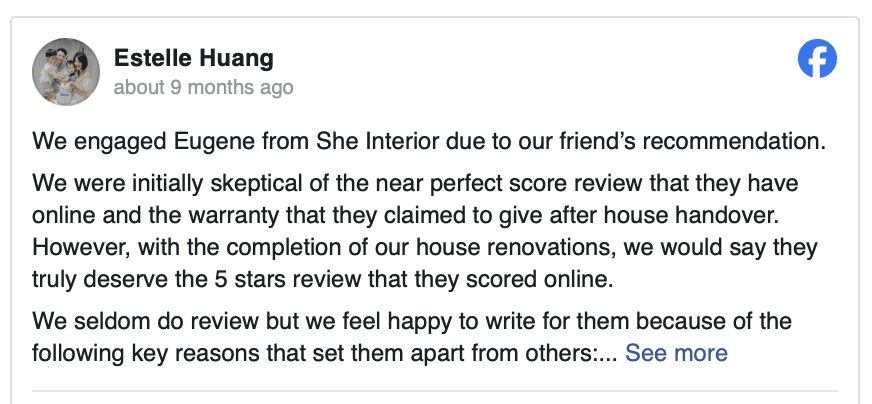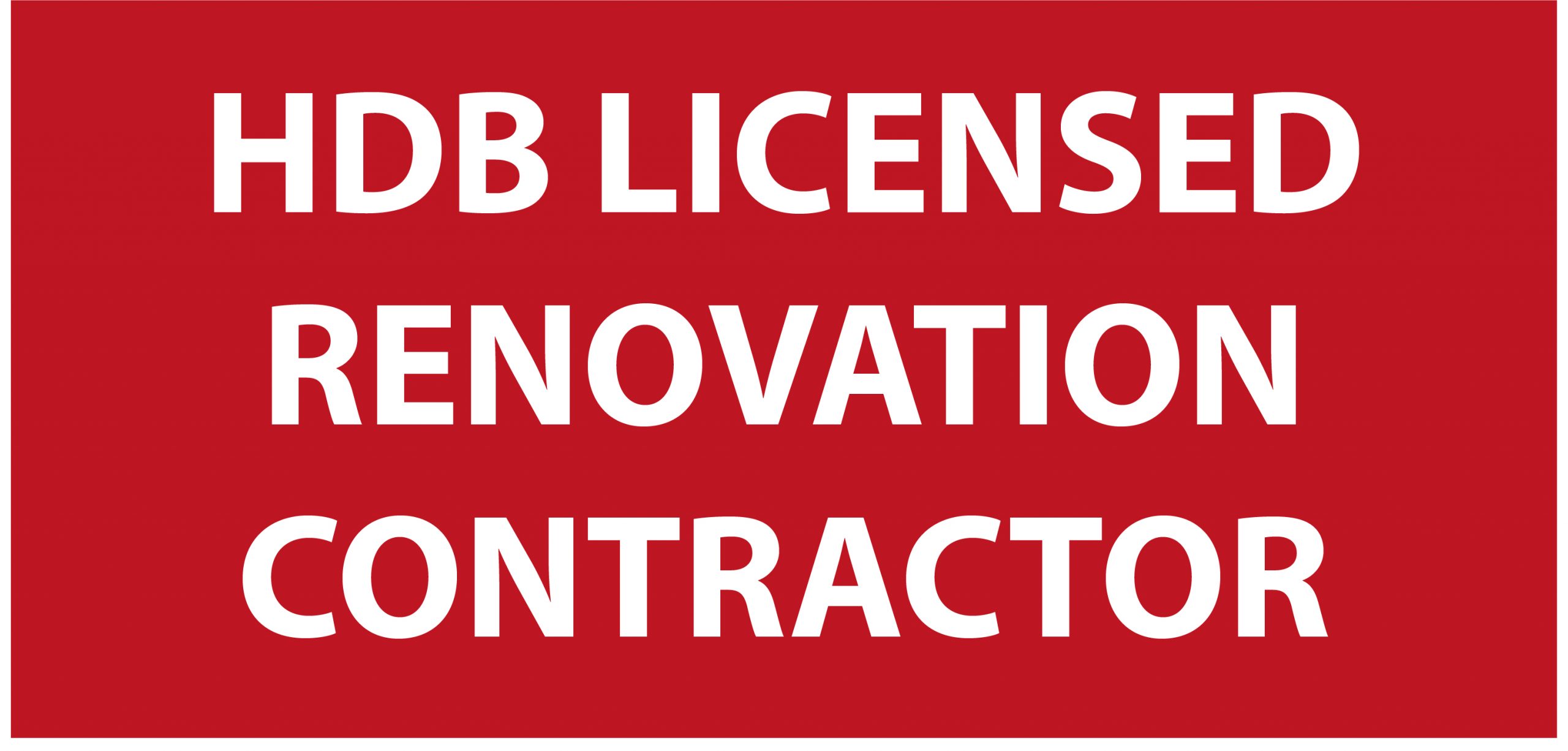“Your home should tell the story of who you are, and be a collection of what you love.” — Nate Berkus
But what happens when your beloved furniture secretly emits harmful chemicals like formaldehyde? This hidden toxin is often found in modern furniture and renovation materials, posing health risks to families everywhere. Whether you’re renovating your home in Singapore or simply upgrading your interior design, understanding how to remove formaldehyde from furniture is crucial. Let’s explore practical solutions to create a healthier, safer living space while aligning with SheInterior’s values of affordability and comprehensive interior design services.
Why Is Formaldehyde in Furniture a Big Deal?
Formaldehyde is a chemical commonly used in furniture production, particularly in pressed wood, laminates, and adhesives. Its presence is subtle but potentially harmful, causing respiratory issues, skin irritation, and even long-term health concerns. For families in Singapore, where humidity can exacerbate formaldehyde emissions, addressing this issue becomes even more critical.
Imagine walking into a beautifully designed room, only to feel a burning sensation in your eyes or throat. That’s formaldehyde at work. Knowing how to tackle this problem effectively is not just a matter of comfort—it’s about safeguarding your family’s health.
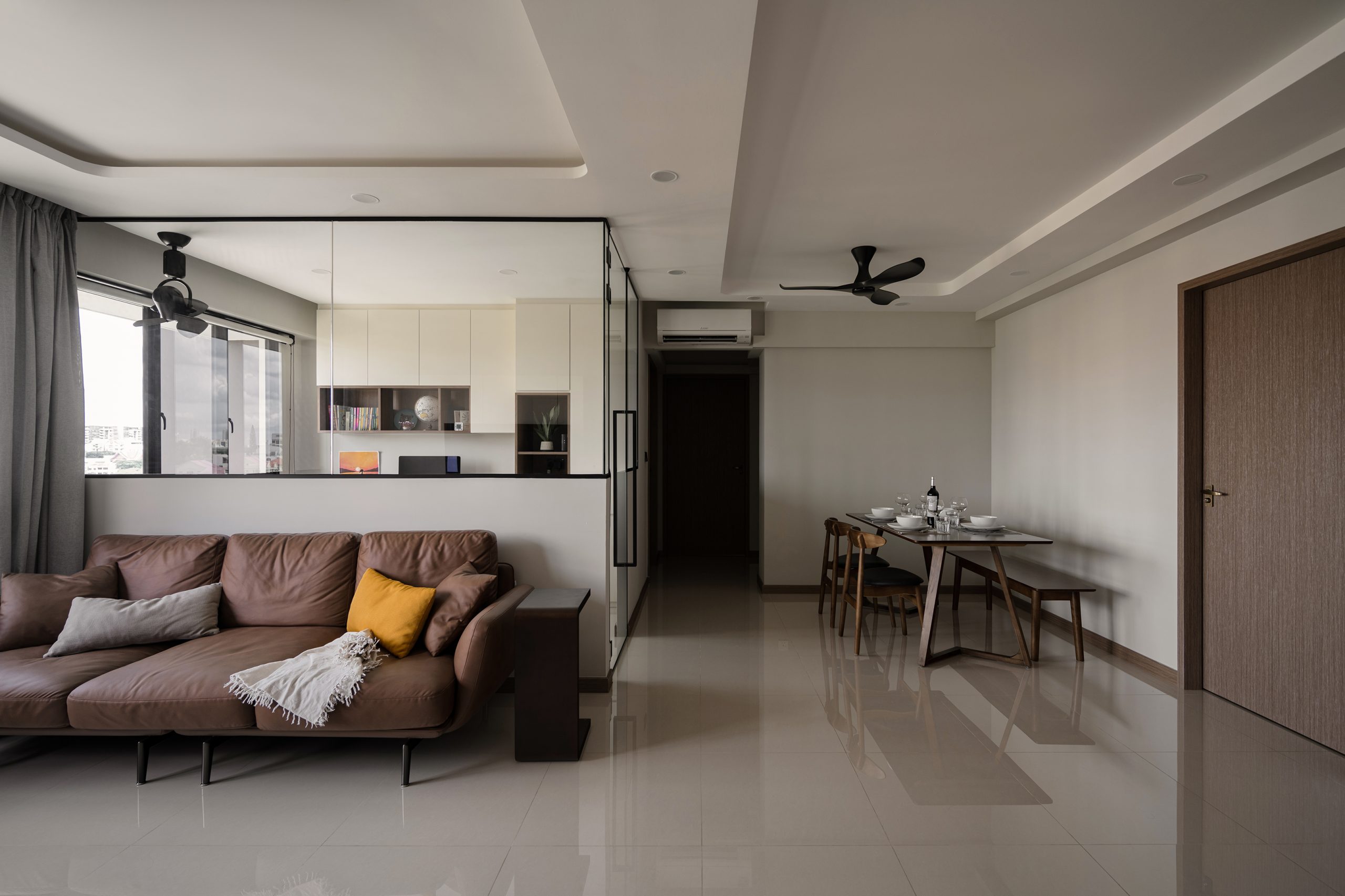
What Is Formaldehyde and How Does It Impact Health?
Formaldehyde is an invisible gas that’s emitted from furniture materials over time, especially in newly renovated homes. It can linger in the air for months or even years if not addressed properly. The World Health Organization has classified formaldehyde as a carcinogen, making its removal from your living environment a priority.
For parents, pet owners, or anyone renovating their home, this chemical can pose serious health risks. Symptoms of exposure include watery eyes, coughing, and even difficulty breathing. Long-term exposure can lead to chronic respiratory problems or worse. By understanding its risks, you’re already taking the first step toward a safer home.
How to Identify Formaldehyde in Your Furniture
If you’ve recently purchased new furniture or completed a renovation, you might notice a strong chemical smell. This is a clear sign of off-gassing—the process where formaldehyde is released into the air. Furniture made from medium-density fiberboard (MDF), particleboard, or plywood is often the culprit.
To detect formaldehyde levels in your home, you can use a formaldehyde testing kit or hire professionals to assess indoor air quality. Knowing where the problem lies is essential before diving into solutions.
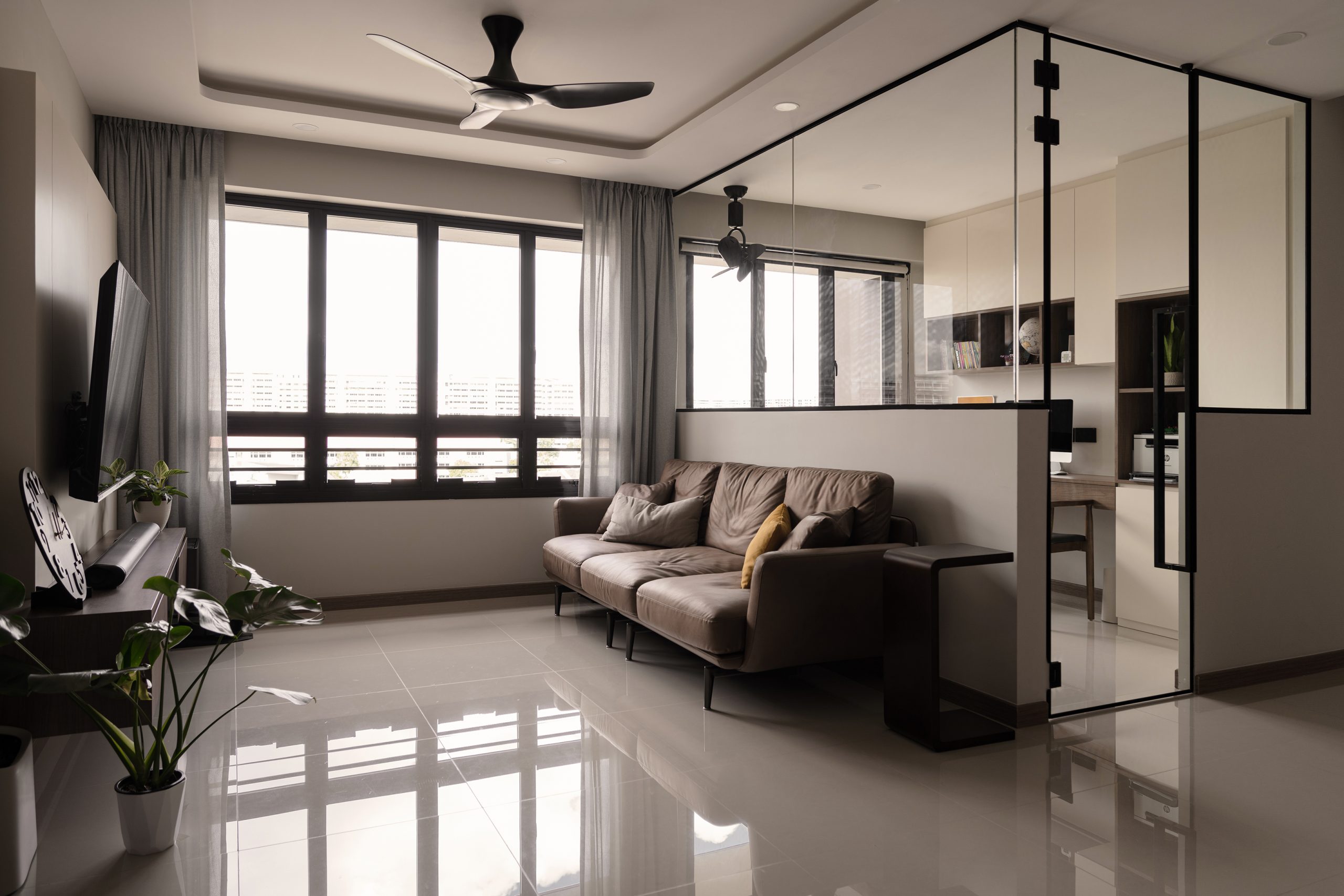
How to Remove Formaldehyde from Furniture Naturally
Removing formaldehyde doesn’t always require expensive equipment. Some natural methods can significantly reduce its presence, helping you enjoy your furniture without worry.
- Ventilation: One of the simplest and most effective methods is to improve airflow. Open your windows and let fresh air circulate. This helps disperse formaldehyde and prevents it from accumulating indoors.
- Activated Charcoal: Place activated charcoal bags near your furniture to absorb formaldehyde emissions. This eco-friendly solution is both affordable and effective.
- Baking Soda: Sprinkle baking soda on furniture surfaces and vacuum it up after a few hours. It works wonders in neutralizing odors and toxins.
These methods are great starting points for anyone concerned about indoor air quality.
Advanced Solutions for Formaldehyde Removal
For more persistent cases, advanced solutions might be necessary. Investing in high-quality HEPA air purifiers specifically designed to trap VOCs (volatile organic compounds) can make a significant difference. Look for units that include activated carbon filters for maximum effectiveness.
Another option is to use formaldehyde-neutralizing sprays. Many eco-friendly brands offer solutions that are safe to use around children and pets.
For those renovating their homes or purchasing new furniture, consider choosing low-VOC or formaldehyde-free products. This proactive approach reduces the chances of encountering this issue altogether.
Professional Assistance: When DIY Isn’t Enough
Sometimes, tackling formaldehyde requires professional help. At SheInterior, we understand the challenges of balancing health concerns with the desire for a beautifully designed home. That’s why we offer comprehensive renovation services that prioritize both style and safety.
Our team specializes in creating personalized designs using materials that minimize formaldehyde emissions. Plus, our affordability ensures you don’t have to compromise your budget to achieve a healthier home.
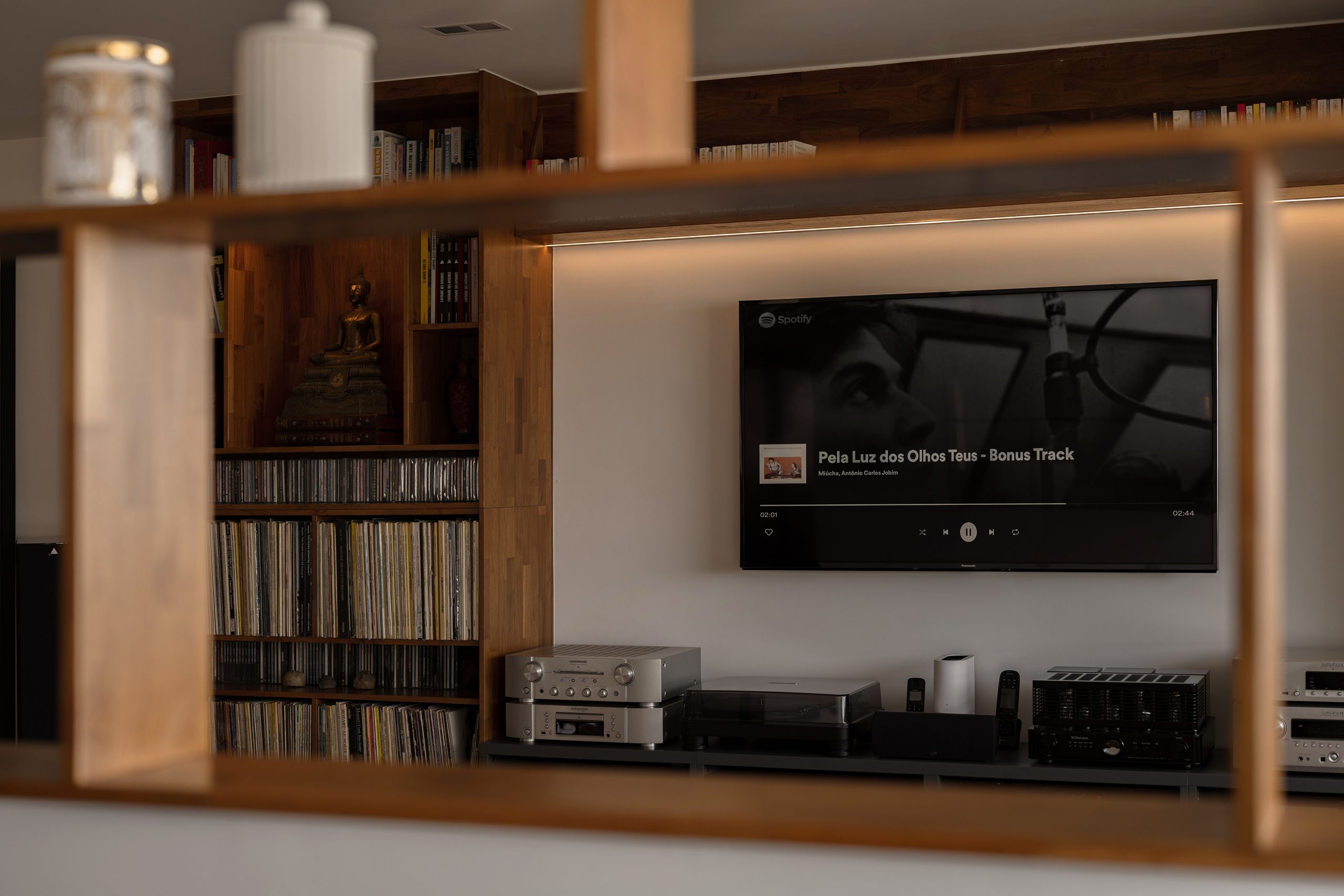
Keeping Your Home Healthy Long-Term
Removing formaldehyde is just the beginning. Maintaining good indoor air quality requires ongoing effort, especially in Singapore’s humid climate. Incorporate these habits into your daily routine:
- Regularly clean your furniture with natural, non-toxic solutions.
- Use dehumidifiers to keep moisture levels in check, reducing off-gassing.
- Add air-purifying plants like peace lilies or spider plants to your space.
By integrating these practices into your home care routine, you’ll enjoy a safer, healthier environment.
What’s Your Next Step?
Have you noticed signs of formaldehyde in your furniture or felt the impact of poor indoor air quality? What steps are you
